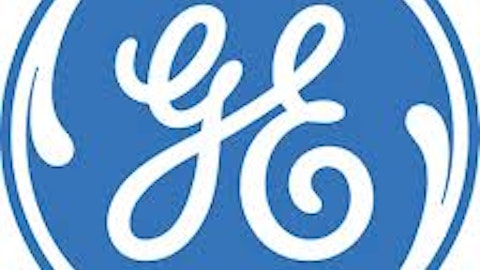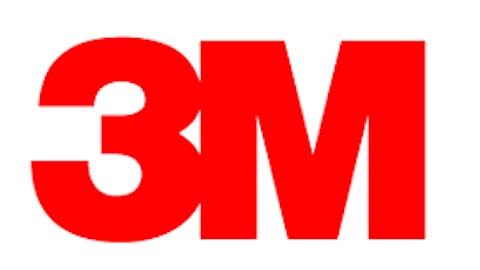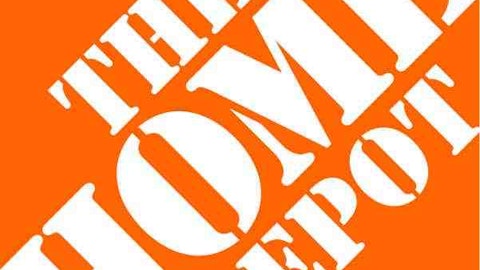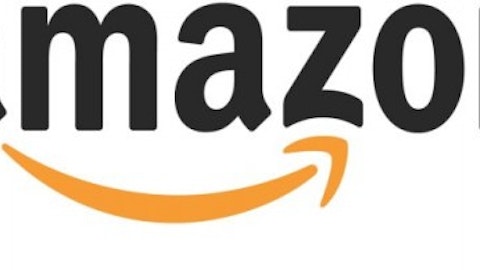More and more governments are looking to use light emitting diodes (LEDs) in place of incandescent (Edison) and florescent lights. While florescent lights were a big step up from Edison lights, LEDs are even better. There are a few big companies worth looking at in this still emerging space as it inches toward the main stream consumer.
Lights

Florescent bulbs conduct electricity across a gas filled chamber, causing the gas to emit energy. That energy then causes a powder on the inside of the chamber to light up. This is much more efficient than incandescent lighting, but only recently has the technology been used to create bulbs that would fit Edison style sockets, which represent the vast majority of the “installed” lighting base. The biggest problem with these florescent bulbs, however, is their disposal, since the gas and powder inside can be dangerous. That said, the bulbs last much longer than their predecessor.
The new kid on the block is the LED light bulb. These bulbs are actually a collection of light emitting diodes crammed into a small space. Without getting into the scientific details, they use semiconductors to create light energy and are far more efficient than either of the other two options, producing more light and materially less heat. Still relatively new, they are far more expensive then incandescent or florescent bulbs.
Part of the cost issue with LEDs is because these lights are semiconductor based products, not just a wire being heated up or gas and a fine powder with a current going across it. LED light bulbs are pretty technically complex and the materials are simply more costly. That hasn’t stopped their advance.
Lighting for Bridges and Tunnels
While the cost savings for individuals may not be enough for people to make the switch to LED lights for their homes; places with lots of lights are already shifting to LEDs. For example, the Holland Tunnel and George Washington Bridge are either using or in the process of switching to LED lights. The Port Authority of New York and New Jersey estimates that using LEDs in the Holland Tunnel alone will save more than $250,000 a year and reduce maintenance costs. No wonder the switch is being made.
Some Companies in the Space
Koninklijke Philips Electronics NV (NYSE:PHG)
Philips gets notable public relations marks for lighting the Times Square Ball. Thirty two thousand two hundred fifty six of the company’s commercially-available LUXEON LED bulbs were used, which the company claims use 80% less energy than an Edison style bulb. Clearly, the company believes its lighting products are ready for the main stream and has made several acquisitions in recent years to bolster its technology and industry position. It recently realigned the lighting segment, among others, to better serve customers.
That said, Philips, based in the Netherlands, is far more than just a lighting company. It describes itself as a “diversified health and well-being company.” The company highlights its offerings is the health care, lighting, and consumer product areas. It is a large and well established company with a long history of quality products, particularly in the lighting space. With a recent dividend yield of nearly 3%, it is a fairly direct play on the future of lighting.





